
June 25, 2025
Home Sweet Home

Mr. Taylor is a healthy, 65-year old African American male. He has not been feeling good over the last 3 days and suffering from a pounding headache with intermittent dizziness. He doesn’t like taking OTC medications so he decided to wait it out. He called his primary care doctor and was given an appointment Monday of the following week.
Today, he decides to check in to the emergency room rather than waiting for his scheduled appointment because aside from his headache and dizziness, his nose also started to bleed. He is now concerned that he might have waited too long and that a new symptom has become more evident.
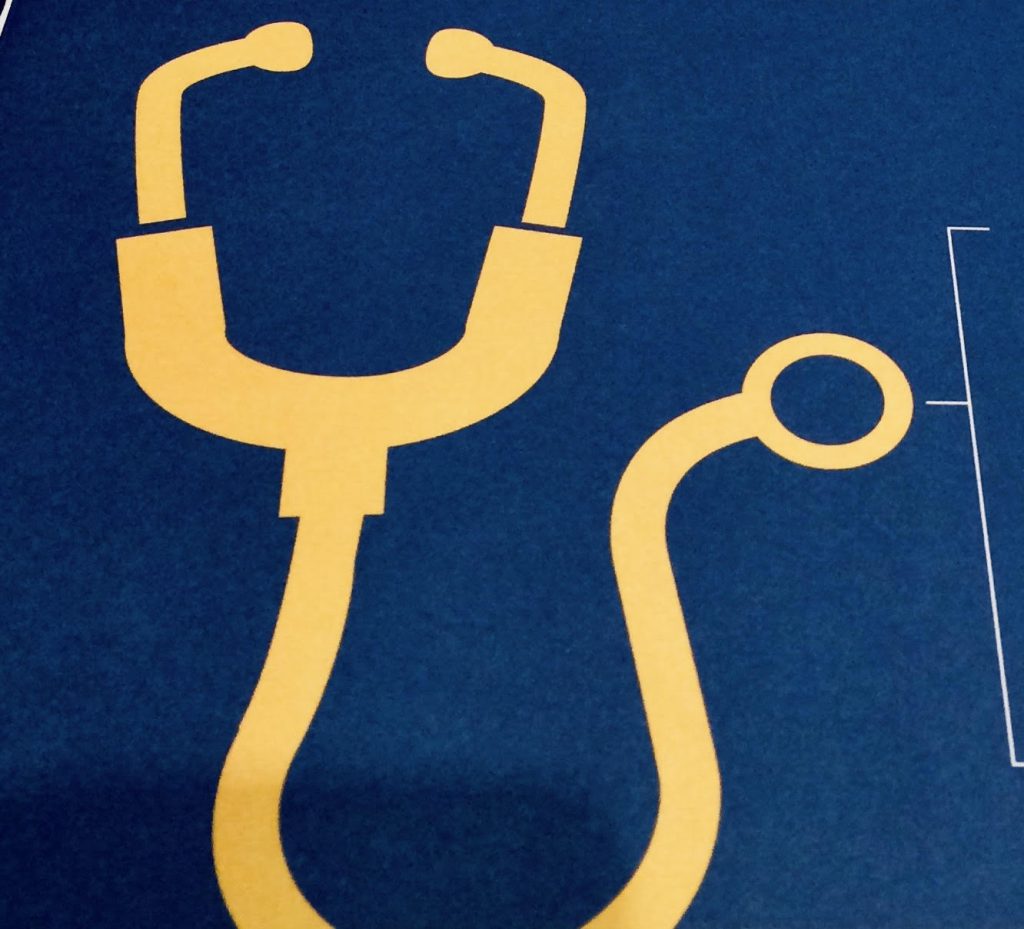
When he got to the ED, he was told that his blood pressure was “sky high”. He was in denial and described his condition to be a “white coat hypertension”. This is a situational elevation in blood pressure observed in the presence of healthcare professionals. He does have a good point because it actually happens to people who have a fear of going to the hospital. However, his elevated blood pressure reading with symptoms of headache, dizziness and nose bleeding could not be dismissed.
Statistics show that hypertension affects about 80M Americans. That means 1 in every 3 adults suffer from this condition.
Hypertension is a medical condition manifested as an elevated systolic blood pressure (SBP) greater than or equal to 140mm Hg and a diastolic blood pressure (DBP) of greater than or equal to 90mm Hg.
A person with a sustained blood pressure reading ranging from 120-139mm Hg systolic and/or 80-89mm Hg diastolic, is considered to be prehypertensive.
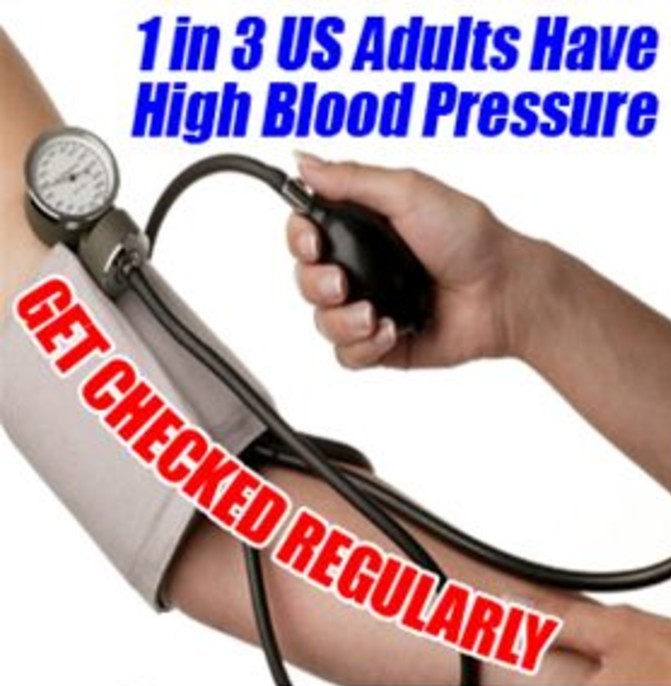
Race and ethnicity are contributing factors to hypertension. Studies have shown that it is mostly prevalent among African Americans with greater incidence among Black American women. The highest incidence of high blood pressure within the black community tend to be among individuals who are older, physically inactive, obese or overweight, and have Type 2 Diabetes. By 2030, it is projected that 41.4% of all US adults will have hypertension, an 8% increase from 2013. [i]
Hypertension is a major risk factor for cardiovascular disease such heart attacks, congestive heart failure and strokes. Furthermore, it has contributed to more than 11M hospitalizations, about 40M office visits, 940,000 emergency department visits, and 3.5M outpatient visits annually. [ii]
The numbers are considerably high for a condition that can be properly managed by non- medical interventions like lifestyle modification, nutrition and stress reduction to name a few.
Knowledge on one’s family and medical history will help in identifying your risk factors. Regular blood pressure screening in different times of the day and different days of the week will give you information to help you establish your blood pressure baseline. A consistently elevated reading will require further evaluation by a primary care provider.
Lifestyle modification is considered to be the first line therapy for the prevention and management of hypertension. There are so many avenues that we can take to change undesirable habits that contribute to this condition.
They include:
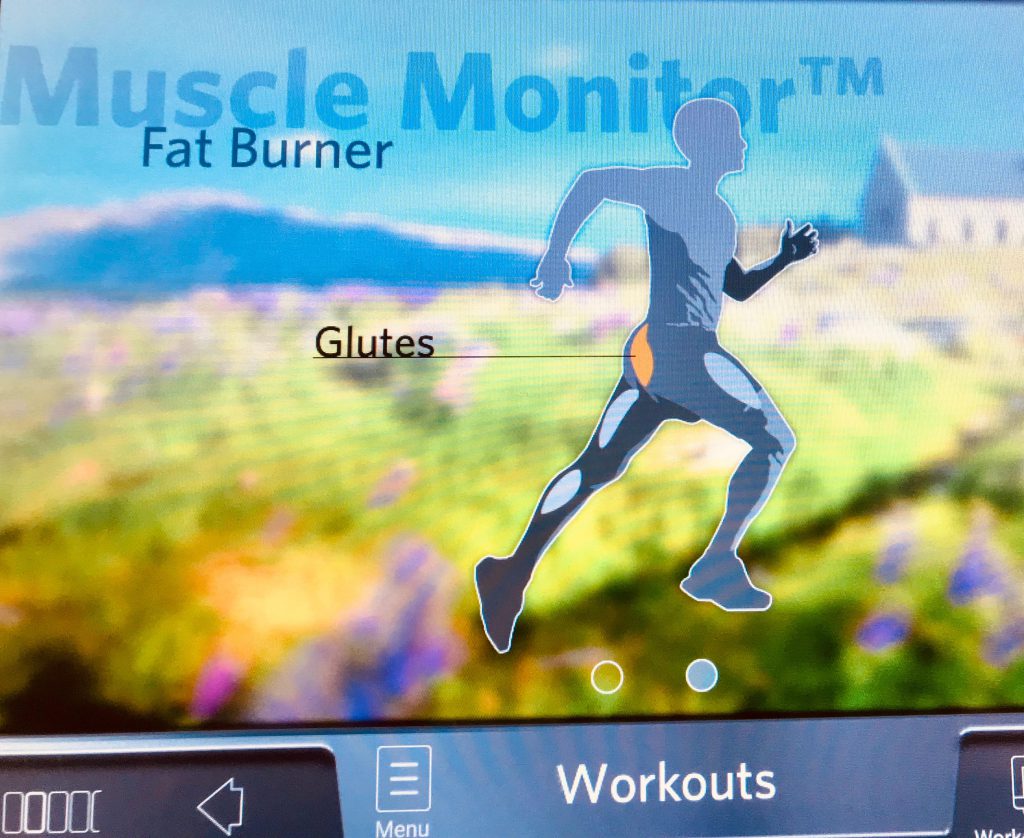
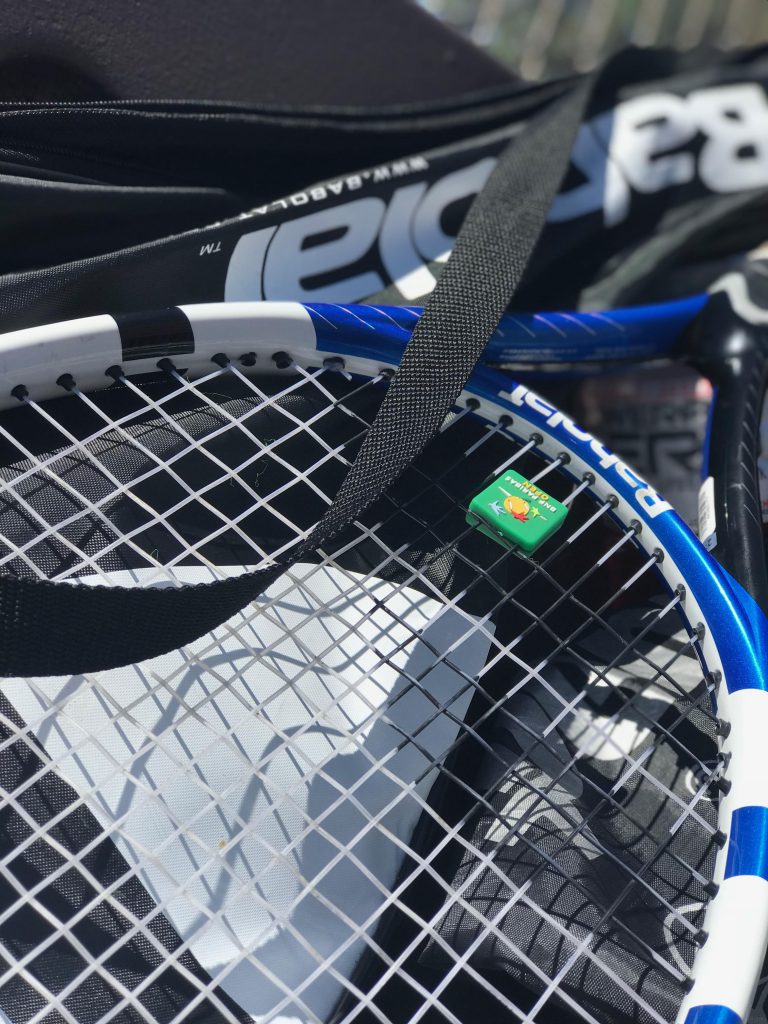
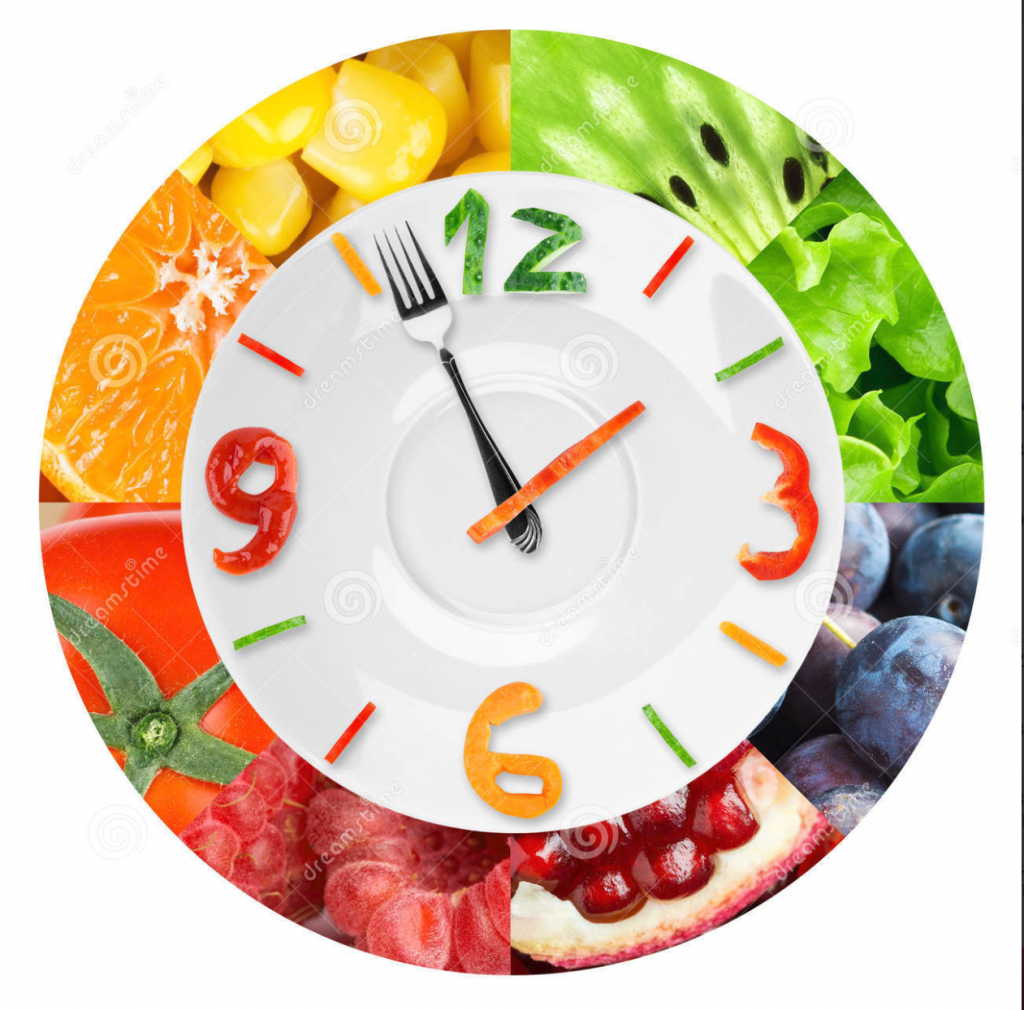

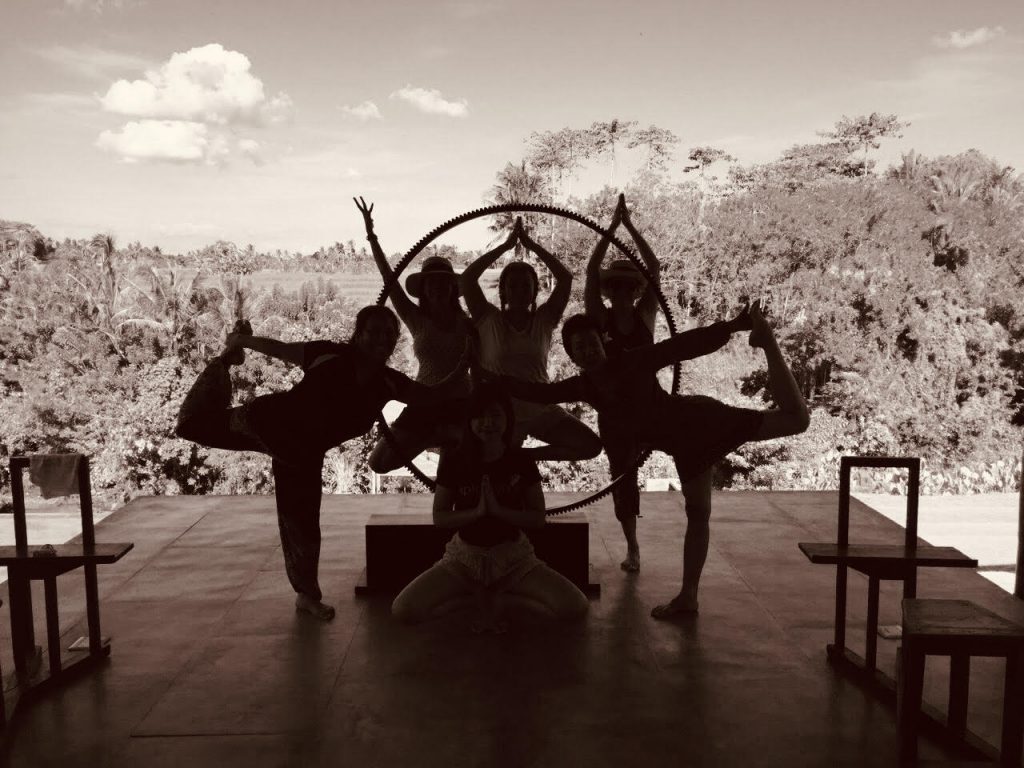
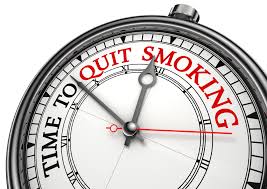


I’m sure a lot of us have heard and read this before since there’s tons of articles available that talk about the many ways to manage and control this condition. However, it is easier said than done because we are basically creatures of habit. It takes a lot of will power to unlearn certain unhelpful behaviors that we have “mastered” in time.
Personally, when I get stuck with such a predicament, I break things down and look at it from a perspective of choosing the lesser of 2 evils. It’s hard and painful to break a habit despite a realization of all the detrimental effects it brings into our lives. However, being able to choose the pain that would work most favorably for me is what I lean towards.
Working out, eating less, avoiding smoking and alcohol can all be painful and not at all fun, but it is a better kind of pain than those that pose greater ramifications on living a quality life. I would rather choose my own pain than having to deal with a circumstantial pain that the world chose for me.
Pain is pain and it’s all relative so choose yours wisely.
[i] Mozaffarian D, Benjamin EJ, Go AS, et al. Heart disease and stroke statistics––2016 update: a report from the American Heart Association. Circulation. 2016;133(4):e38-e360.
[ii] Roger VL, Go AS, Lloyd-Jones DM, et al. Heart disease and stroke statistics—2012 update: a report from the American Heart Association. Circulation. 2012;125(1):e2-e220.